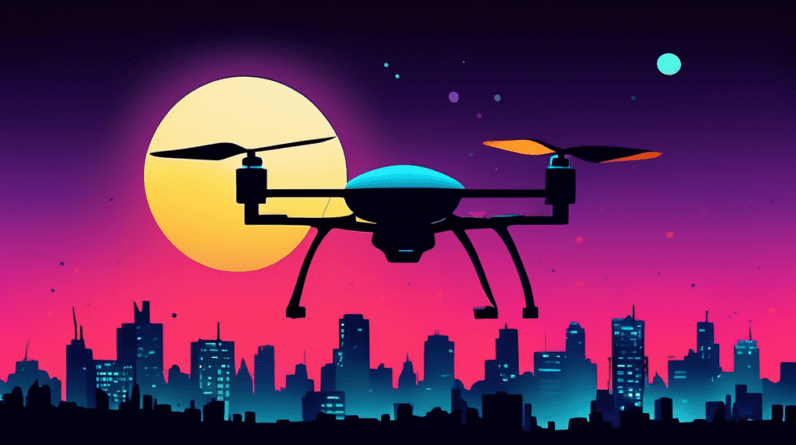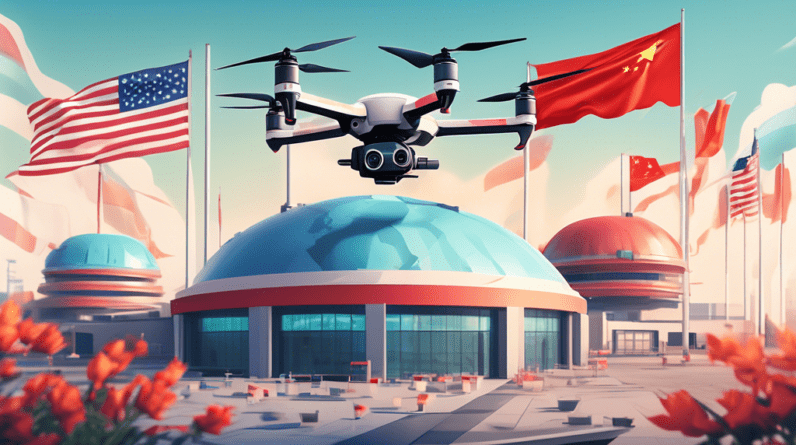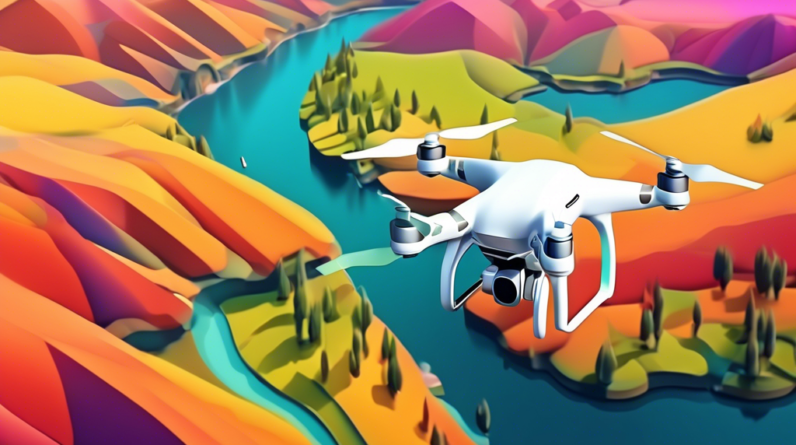How Do Drones Fly?
Drones, also known as unmanned aerial vehicles (UAVs), have become increasingly popular in recent years for various applications, from aerial photography and videography to delivery services and surveillance. But have you ever wondered how these fascinating machines manage to stay airborne? The science behind drone flight involves a complex interplay of physics, aerodynamics, and sophisticated technology.
The Role of Physics in Drone Flight
At its core, drone flight is governed by the principles of physics, particularly the four forces of flight: lift, thrust, drag, and gravity.
Lift
Lift is the upward force that opposes gravity and keeps the drone airborne. Drones generate lift using their rotating propellers, which are essentially spinning wings. As the propellers spin, they create a pressure difference between the upper and lower surfaces of the blades. The upper surface has lower pressure, while the lower surface has higher pressure. This pressure difference creates an upward force known as lift.
Thrust
Thrust is the force that propels the drone forward. It is generated by the propellers pushing air backward. The amount of thrust produced depends on the size and pitch of the propellers, as well as the speed at which they rotate.
Drag
Drag is the force that opposes the drone’s motion through the air. It is caused by the friction between the drone’s surfaces and the air molecules. Streamlined designs and smooth surfaces help to reduce drag.
Gravity
Gravity is the force that pulls the drone down towards the earth. To stay airborne, the lift generated by the drone must be greater than or equal to the force of gravity.
Drone Components and Their Functions
Several key components work together to enable drone flight:
Propellers
Propellers are the most critical components for generating lift and thrust. Most drones have four propellers, arranged in a quadcopter configuration. By varying the speed of individual propellers, the drone can control its movement in different directions.
Motors
Each propeller is driven by a brushless motor, which provides the necessary power for rotation. Brushless motors are efficient and offer precise control, making them ideal for drone applications.
Electronic Speed Controllers (ESCs)
ESCs regulate the speed of the motors, allowing for precise control of the propellers’ rotational speed. They translate the signals from the flight controller into power adjustments for the motors.
Flight Controller
The flight controller is the brain of the drone. It receives input from the remote control, sensors, and other components and sends commands to the ESCs and motors to control the drone’s movement and stability.
Sensors
Drones use various sensors, such as gyroscopes, accelerometers, and barometers, to gather information about their position, altitude, and orientation. This data is fed to the flight controller, which uses it to maintain stability and control.
Battery
The battery provides the power necessary for the motors, flight controller, and other electronic components. Battery life is a crucial factor in drone flight time.
Aerodynamics and Drone Design
The design of a drone plays a significant role in its flight performance. Aerodynamic principles are applied to optimize lift, reduce drag, and enhance stability.
Wing Shape and Design
Drone propellers are essentially wings that rotate. The shape and design of the propeller blades, including their airfoil, pitch, and size, affect the amount of lift and thrust generated.
Body Design
The drone’s body is designed to be as lightweight and streamlined as possible to minimize drag. Smooth surfaces and aerodynamic shapes help reduce air resistance.
Center of Gravity
The center of gravity is the point where the drone’s weight is evenly distributed. It is essential to have the center of gravity located correctly to ensure stability and control.
Controlling Drone Flight
Drones are typically controlled using a remote control that sends radio signals to the drone’s receiver. The remote control allows the pilot to adjust the speed of the motors, control the drone’s direction, and activate various functions.
Pitch, Roll, and Yaw
Drone movement is controlled through three axes: pitch, roll, and yaw.
- Pitch: Tilting the drone forward or backward.
- Roll: Tilting the drone side to side.
- Yaw: Rotating the drone clockwise or counterclockwise.
By manipulating these axes, the pilot can maneuver the drone in any direction.






